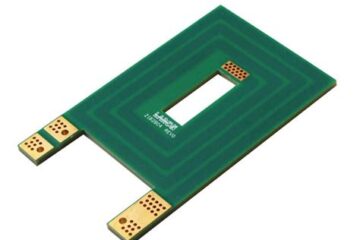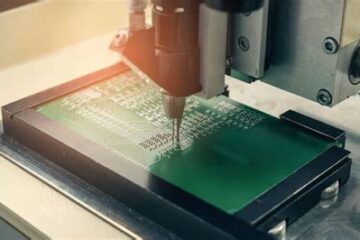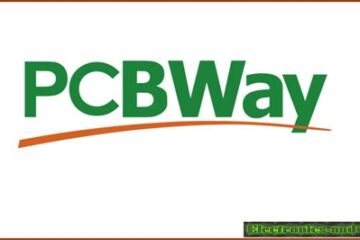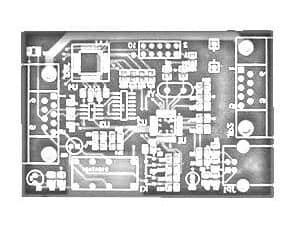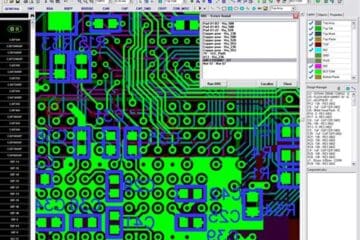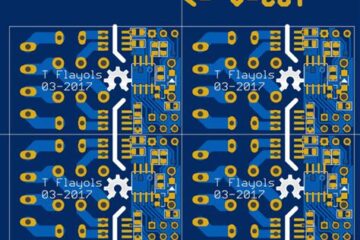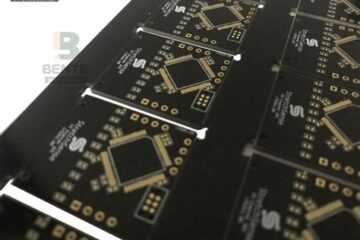PCBA
7 Things to Know about PCB Panelization Design Guidelines for Designers
What is PCB Panelization? PCB panelization is the process of arranging multiple identical or different PCB designs on a single, larger panel for manufacturing purposes. This approach enables manufacturers to produce several PCBs simultaneously, reducing production time and costs. The panelized PCBs are held together by a frame and connected Read more…

